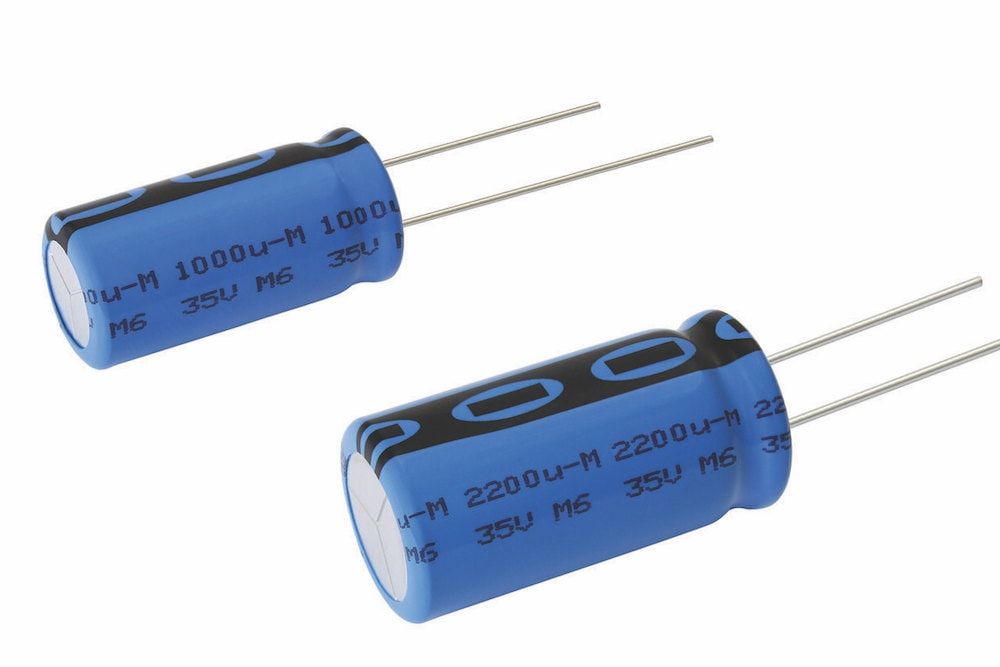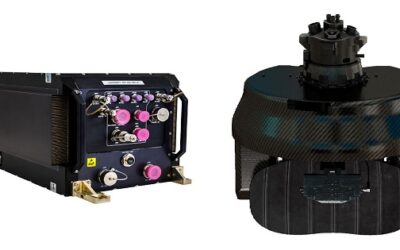Selection Criteria Must Include Safety- and Mission-Critical Metrics
Thanks to their ability to store electric charge for short periods, and (for example) allowing alternating but not direct current to pass through them, capacitors are ubiquitous in electronics for multiple tasks, including power conditioning, signal coupling and decoupling, filtration and noise suppression. In the drive to improve performance, reduce cost and save time in space and military applications through the use of ‘alternate grade’ (AG) electronics, therefore, capacitors built for commercial and automotive applications are potentially very attractive. Daniel West, a Field Application Engineer at AVX provided attendees at the Components for Military & Space Electronics (CMSE) virtual conference with some pointers to key selection criteria, along with one unequivocal piece of advice; commercial grade capacitors should not be used for high-reliability applications.
To help understand why, West provided a comparison of characteristics between commercial, automotive and space-grade Multi-Layer Ceramic Capacitor (MLCC) devices with X7R temperature stable ceramics of intermediate dielectric constant. Thick dielectric layers enable them to operate at higher voltages and improve reliability, but make capacitors physically larger. Fine, uniform grain structure improves repeatability in manufacturing at the cost of extra refinement and firing requirements. They also have protective cover layers and end margins for reliability, for example by helping them to withstand circuit board flexing.
Commercial MLCCs have modest mechanical tolerances, including a board flex limit of 2mm and the thinnest margins and cover layers. Automotive MLCCs have the same flex limit but are made from better materials and with balanced dimensions for performance and cost. In contrast, space-qualified capacitors stand up to 5mm of board flex and feature the most conservative margins, cover layers and thickest dielectrics.
Among key electrical discriminators are current leakage (CV) and voltage coefficient (VC) – for which small and consistent numbers are good – and voltage breakdown, in which larger numbers are better, and temperature stability. Here, commercial capacitors exhibit undesirable variations in CV, a high VC and low voltage breakdown, while automotive grade devices show consistent temperature and voltage characteristics and less variation in CV. Naturally, the space-grade capacitors perform best.
On the reliability front, the performance of commercial MLCCs is basically assumed, backed by 1,000-hour life tests on small samples, while automotive component ratings are based on 1,000-hour life tests and generic data for a family of parts. Neither of these, however, are subject to a Process Change Notice (PCN) requirement to track modifications, while space components are not subject to changes without re-qualification and go through 4,000-hour life tests.
In conclusion, West stated automotive-grade capacitors are suited to programmes with the highest risk acceptance, while aerospace (rather than space)-grade devices are suited to medium-to-low-risk-tolerant critical applications, operational payloads, operational payloads and programmes.
Peter Donaldson reporting from CMSE for MON

























